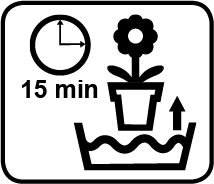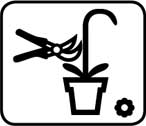Sunlight
Phalaenopsis Orchids will thrive in a bright spot with lots of indirect sunlight. They also enjoy a few hours of low-intensity direct sunlight in the morning or in the evening.
What they can't handle is hours of direct sunlight in the middle of the day when the sun is high and intense.
Where should you place your Orchids then?
- in a bright room a couple meters away from a window
- in a window sill with a blind giving some protection from the sun
- a north or east facing window
- in a window sill with an overhanging roof protecting from the strong mid-day sun









